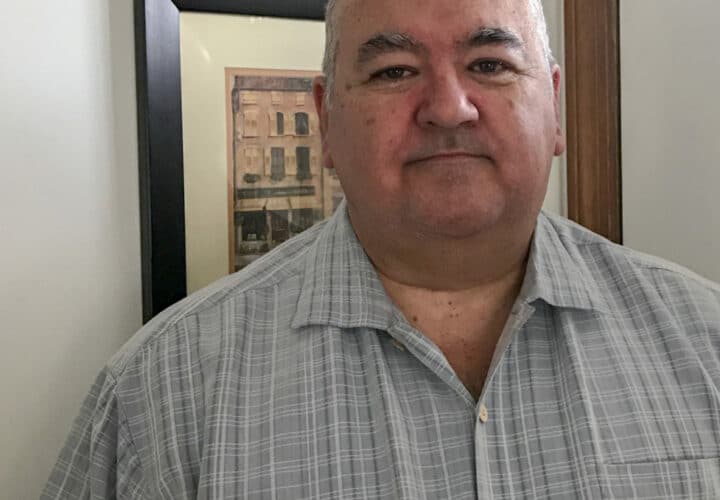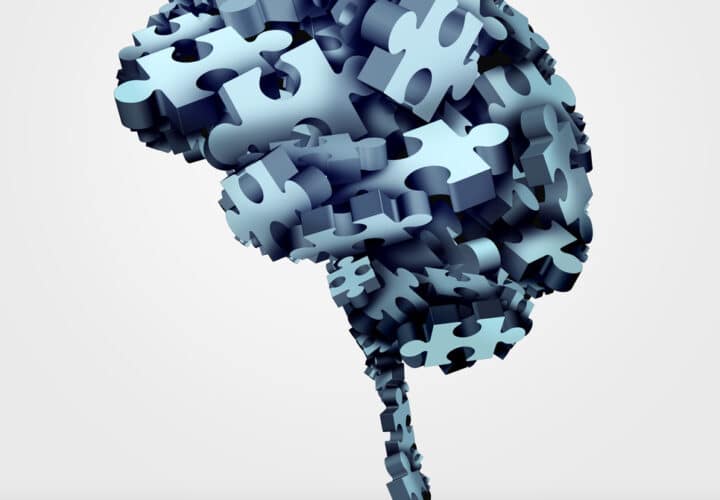Some people who have been diagnosed with Alzheimer’s may actually have a newly defined type of dementia that mimics the disease’s symptoms but is caused by another mechanism in the brain. And while that doesn’t change the search for a cure for Alzheimer’s or the newly classified type of dementia, distinguishing between the two is essential for meaningful research that could narrow down a cause, according to scientists.
Dementia is an umbrella term used to refer to many types of neurodegenerative diseases—one of which is Alzheimer’s. And while the majority of dementias are diagnosed as Alzheimer’s, a recent study showed that thousands of people diagnosed with Alzheimer’s actually didn’t have the disease.
More than 200 different viruses can cause the common cold. So why would we think there is just one cause of dementia?
“Recent research and clinical trials in Alzheimer’s disease have taught us two things: First, not all of the people we thought had Alzheimer’s have it; second, it is very important to understand the other contributors to dementia,” said Nina Silverberg, Ph.D., director of the Alzheimer’s Disease Centers Program at the National Institute on Aging.
Alzheimer’s is characterized by beta-amyloid, a protein that forms into hardened plaques in the brain and causes neuron death. But it’s hard to get an official diagnosis. PET scans that detect the plaques are typically not covered by insurance because there is no cure for Alzheimer’s. For most people, Alzheimer’s is only confirmed post-mortem after a brain autopsy.
The problem with that approach has been that many people with characteristics of the disease—memory loss and confusion—are involved in clinical trials for Alzheimer’s that target beta-amyloid. But it turns out, many older adults have the symptoms of Alzheimer’s without the amyloid, leading researchers to this new classification of dementia. It’s called limbic-predominant age-related TDP-43 encephalopathy, or LATE.
“We proposed a new name to increase recognition and research for this common cause of dementia, the symptoms of which mimic Alzheimer’s dementia but is not caused by plaques and tangles (the buildup of beta-amyloid proteins that Alzheimer’s produces). Rather, LATE dementia is caused by deposits of a protein called TDP-43 in the brain,” said Dr. Julie Schneider, M.D., senior author of the Brain paper and associate director of the Rush Alzheimer’s Disease Center.
TDP-43 is another protein that helps regulate gene expression in the brain and other tissues. Researchers found that when the protein misfolds—caused by a mutation in the DNA that creates that protein—it causes problems in the brain. In fact, it was found that misfolded TDP-43 can cause cases of amyotrophic lateral sclerosis and frontotemporal lobar degeneration. More recently, scientists found that misfolded TDP-43 protein is very common in older adults—about one-quarter of people over 85 have enough misfolded TDP-43 protein to affect their memory and thinking skills.
TDP-43 can also impair the hippocampus, the brain’s memory center. It’s been related to hippocampal shrinkage, or sclerosis, which can cause symptoms similar to Alzheimer’s.
“Noting the trend in research implicating TDP-43 as a possible Alzheimer’s mimic, a group of experts convened a workshop to provide a starting point for further research that will advance our understanding of another contributor to late-life brain changes,” Silverberg said. Scientists from the U.S., Australia, Austria, Sweden, Japan, and the United Kingdom worked on the new report identifying LATE.
Most importantly, distinguishing LATE from Alzheimer’s will help narrow the target for scientists developing drugs to stop both diseases.
“LATE is a prevalent but underrecognized condition in the elderly,” says Dennis Dickson, M.D., a Mayo Clinic neuropathologist. “We have been studying this protein for many years, but now we have a common goal to target, which is something we want to make clinicians aware of. LATE needs to be recognized and differentiated from Alzheimer’s disease.”
The new classification will help relieve some of the confusion about what the term “dementia” actually refers to.
“More than 200 different viruses can cause the common cold,” said Dr. Peter Nelson of the Sanders-Brown Center on Aging at the University of Kentucky, “So why would we think there is just one cause of dementia?”
“LATE probably responds to different treatments than AD, which might help explain why so many past Alzheimer’s drugs have failed in clinical trials,” he said. “Now that the scientific community is on the same page about LATE, further research into the ‘how’ and ‘why’ can help us develop disease-specific drugs that target the right patients.”




Very interesting article! From the way it reads, I am assuming that they have not seen this type among young onset people at this point but I wish they would have clarified that point, I am assuming at this point that it either doesn’t occur among young onset or is rare in this group.
As always, your cutting edge and thoughtful articles continue to shine the light on the many ‘tangled’ aspects of this ever-expanding disease family. Thank you so so much!
John Sandbloom:
Doctors do see this protein in frontotemporal dementia (FTD) and ALS. I don’t understand why they’re calling it LATE and not frontotemporal dementia.
Researchers have long suspected that many older people have been misdiagnosed with Alzheimer’s when they actually had FTD. Behavior is the first to change in FTD, which may not sound the alarm that a neurologist should be seen. It’s not until much later that memory is affected although some FTD patients do report their memory was affected early on.
They should called it FTD to help bring awareness to this common, under-recognized, often-misdiagnosed, devastating disease.
Why are they calling it LATE and not FTD? Misfolded TDP-43 is found in FTD.
So people are paying for their SPECT scans just to see?
As usual the very informative content on Dementia. Yes, there can be multiple forms and multiple possible causes to dementia, You’re totally right here. Aging can be one of them but people need to be aware of it’s possible symptoms.